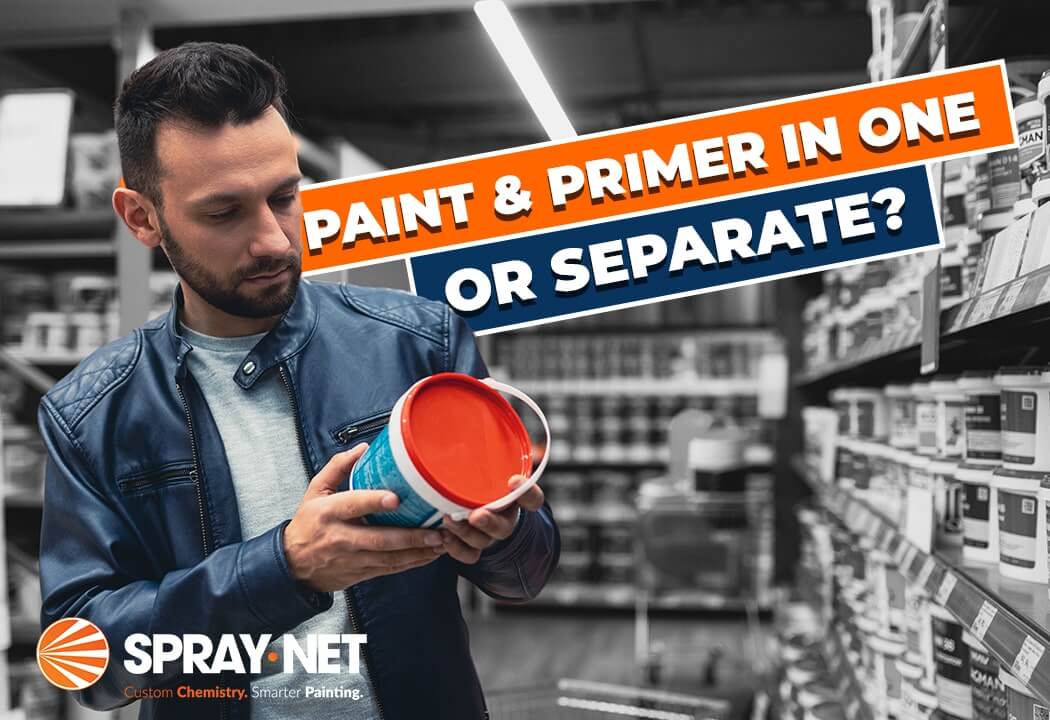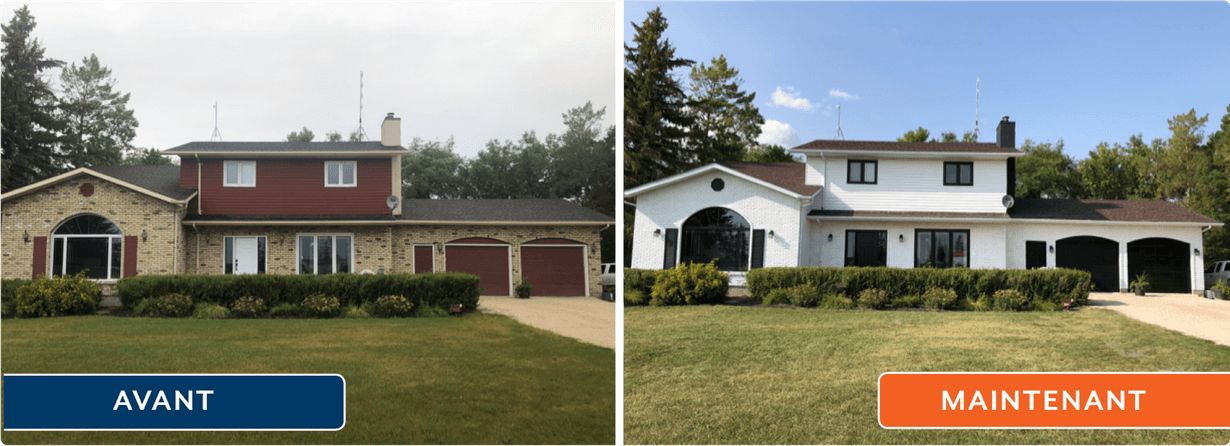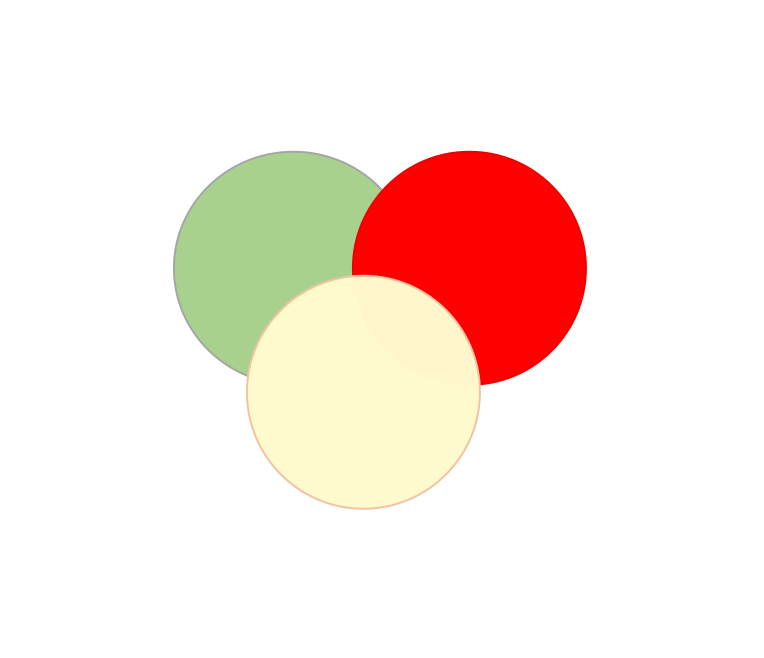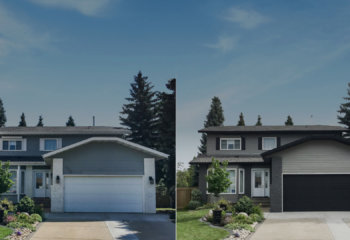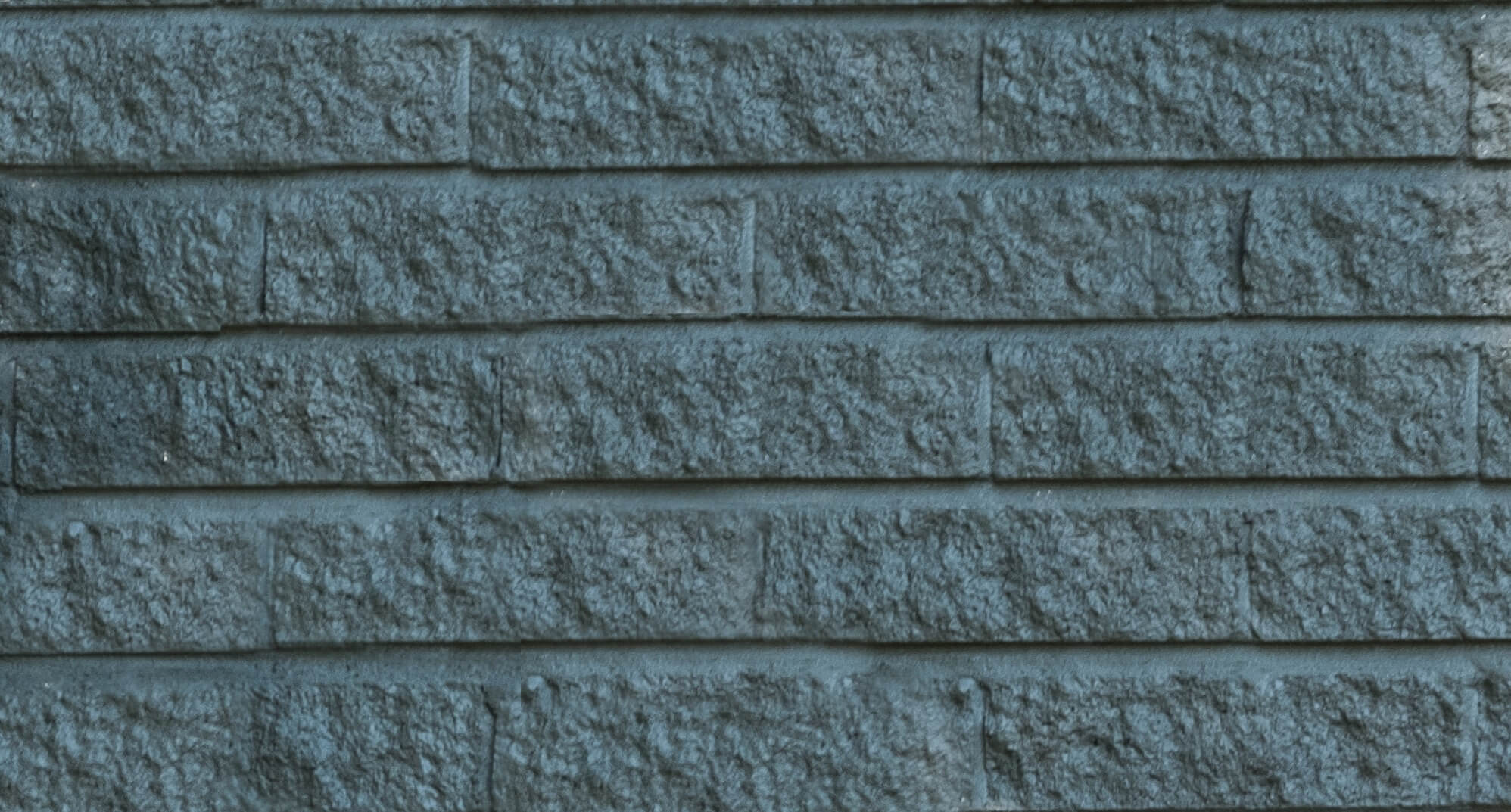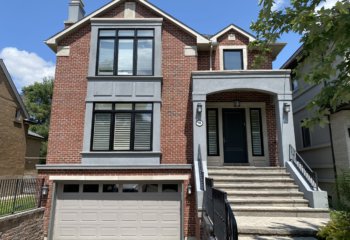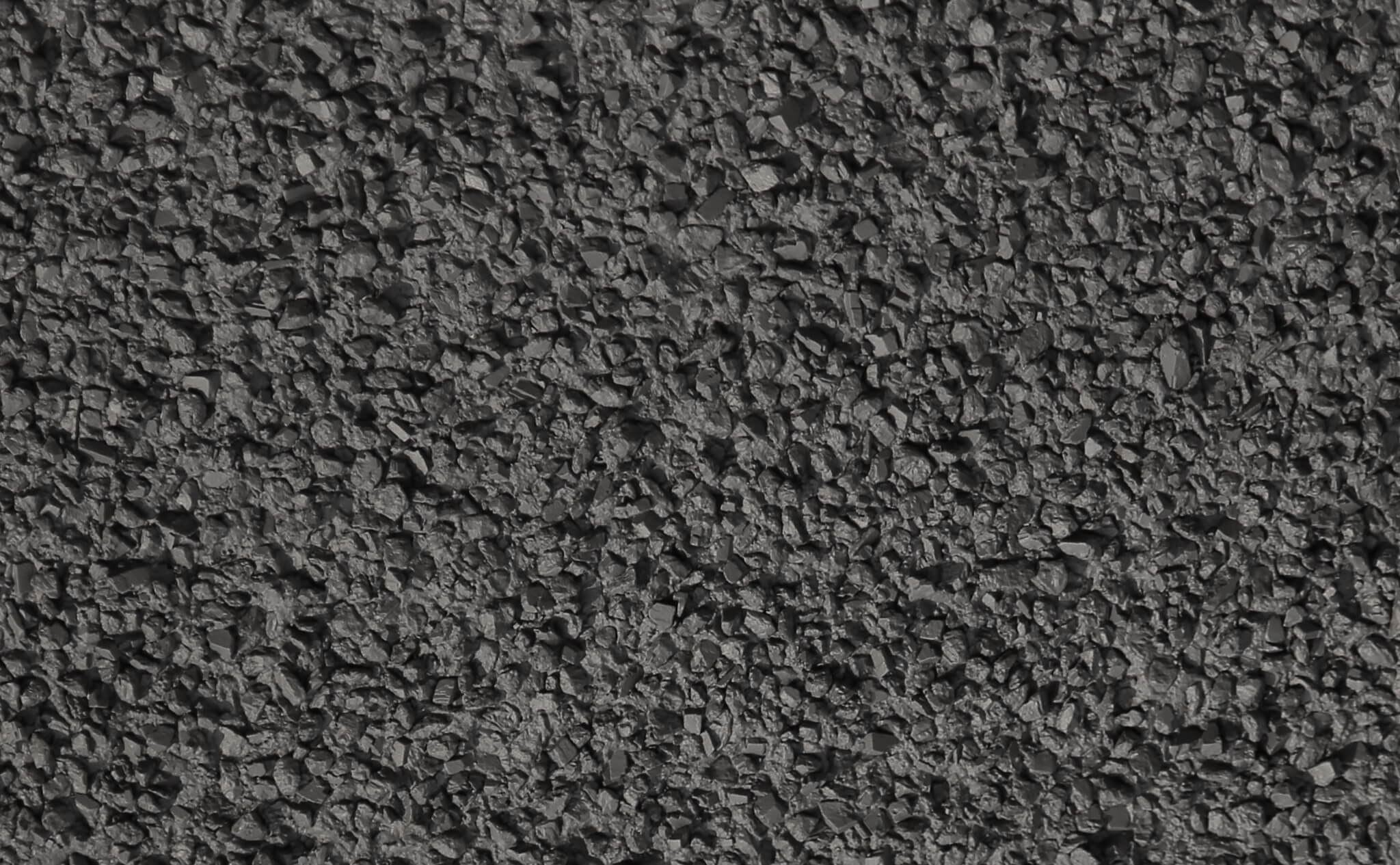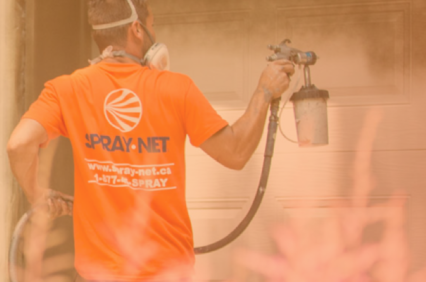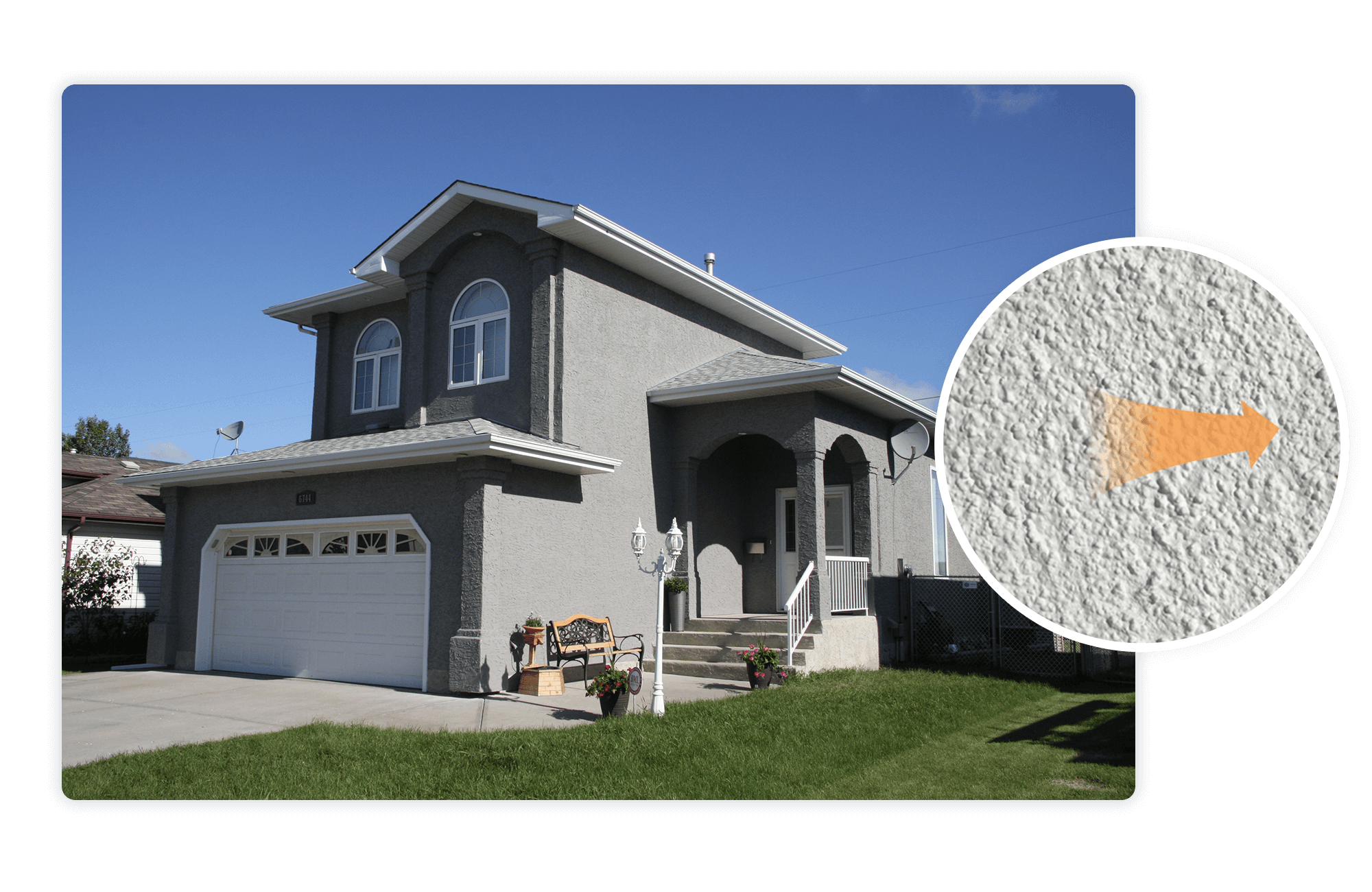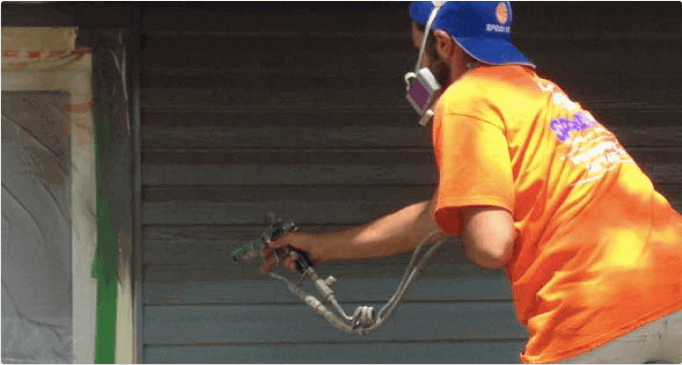When it comes to painting the exterior of your home, choosing the right paint-primer combination is crucial for achieving a beautiful, long-lasting finish. With the availability of self-priming paint and separate primer options, the decision can be overwhelming: is the integrated primer an incredible time saver, or will it turn into a costly shortcut? Is the added cost and application time of a separate primer really worth it?
Making the wrong choice can result in premature chipping, cracking, and peeling—headaches you just don’t want to deal with. In this article, we’ll discuss the differences and pros and cons of each, guiding you toward the best choice for your project.
Understanding the function of a standalone exterior primer
An exterior primer serves the purpose of preparing the surface to help it accept the coating. The primary function of a universal or “multi-purpose” primer is to promote adhesion by creating a bonding layer that helps prevent peeling, chipping and blistering of the topcoat.
Additionally, specialty primers, are designed to address specific surfaces and/or problematic painting conditions. They include:
High Solid Wood Primers: useful for wood and wood grain surfaces. These primers fill in small cracks, gaps, and imperfections to ensure a smooth, even, and properly sealed surface for paint application.
Primer for Porous Surfaces: strategically formulated for surfaces like concrete and stucco. They soak into and seal the surface, preventing moisture penetration and protecting against rot, mildew, and staining.
Stain Blocking Primer: covers up stubborn water stains, tannin bleed, or other types of severe discoloration, resulting in a more consistent, uniform appearance.
Color Changing Primers: contributes to color consistency when painting from one color to another, enabling the paint to achieve its true color with fewer paint applications.
Exploring self-priming exterior paint
Self-priming exterior paint, also known as all-in-one paint and primer or paint with integrated primer, is a type of paint that combines the functions of a primer and a topcoat into a single product. It’s intended to provide a convenient solution by eliminating the need for a separate primer layer before applying the paint.
The concept behind self-priming paint is that it includes special additives and properties that allow it to adhere well to a variety of surfaces, simplifying the painting process by reducing the investment and effort to a single coat of paint.
Key characteristics of self-priming exterior paint:
- Adhesion: it contains additives that promote adhesion to various surfaces, like wood, metal concrete, and pre-painted surfaces.
- Coverage: it hides subtle imperfections and provides a consistent, uniform finish in a single coat.
- Sealing: it provides some protection against moisture penetration, reducing the risk of water damage.
- Time Saver: it saves time and effort by eliminating the need for multiple coats and application of a separate primer.
- Convenience: it can be particularly suitable for smaller projects and touch-ups.
When self-priming paint isn’t the best choice
While self-priming paint has its benefits and may save time, it may not be suitable for all situations.
- Challenging Surfaces: bare wood, heavily stained, highly porous surfaces, or surfaces with existing adhesion issues may still require a separate primer to achieve optimal results.
- Severe Staining: to cover drastic stains or discoloration effectively, a dedicated primer will achieve better results.
- Surface Compatibility: self-priming paint is typically latex-based, and it may not fully seal incompatible surfaces, allowing for tannins, oils, or stains to bleed through the paint coat.
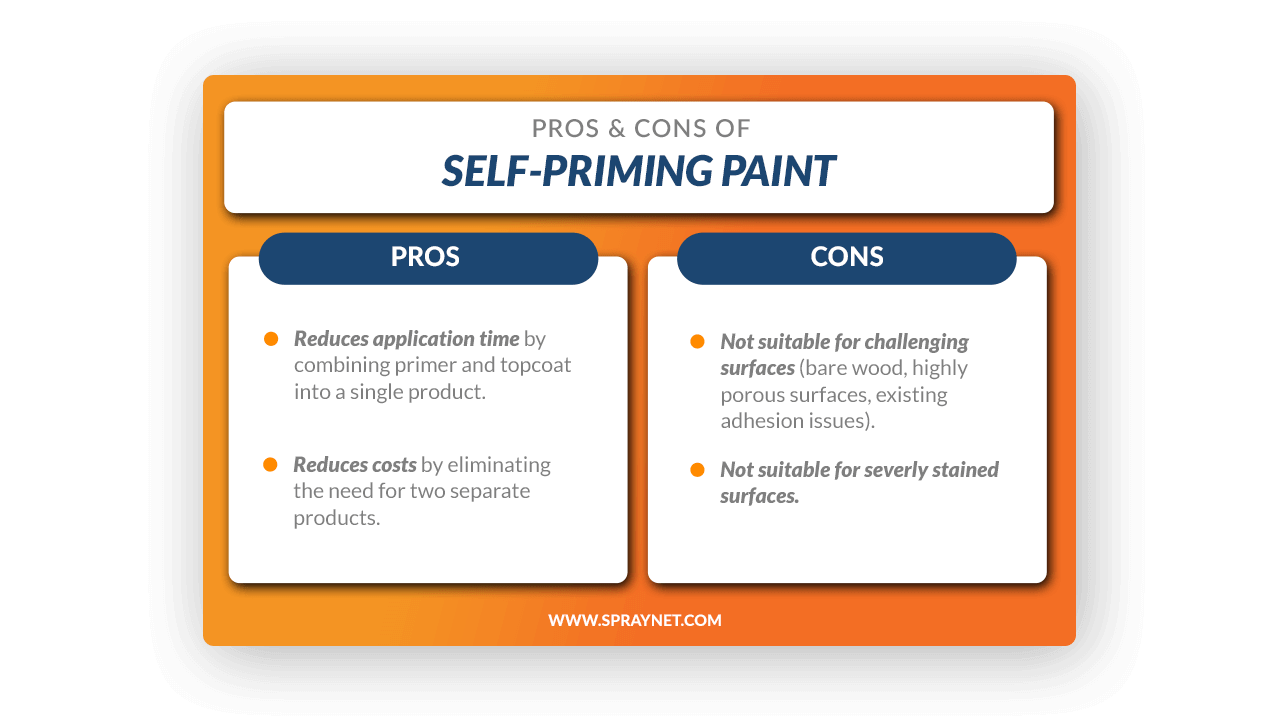
Why we don’t prime: delivering high-end, durable exterior refinishing.
You may be wondering why priming isn’t part of our exterior painting process (except in the case of vinyl siding, where we use our proprietary, innovative base coat to lower surface temperature and increase the heat distortion rate, not for adhesion). And the answer is our proprietary, customized coatings.
Unlike commercially available exterior paint from the hardware store, which is designed to achieve decent results at an affordable cost and cater to the average homeowner’s novice application skills, our focus is providing curb appeal. Since we sell curb appeal and not paint, our manufacturing process isn’t tied down by cost or application constraints, allowing us to formulate high-end, industrial-strength coatings that result in a durable, factory finish via professional spray application.
- Surface-Tailored Coatings: Every surface has its own unique surface energy, and as a result, we formulate and tailor a distinct coating to an exterior surface and its unique surface energy. This ensures that each coating is able to effectively wet or coat the surface, resulting in maximum adhesion and desired final film properties in just one coating and without the need for a primer.
- Industrial-Strength Components: whether it’s to achieve maximum adhesion, stain blocking power or full color coverage, we use and invest in the latest in coating technology to achieve a factory finish that essentially refinishes a substrate. Since we’re not formulating paint in bulk for commercial sale, we don’t skimp on the quality of ingredients.
- Selectivity: through our experience, we’ve learned the challenges of painting over painted surfaces. Unless the substrate is professionally sandblasted, achieving a factory finish that won’t peel is extremely difficult when applying a coating on top of an existing layer of paint. To stand by our promise of a factory finish that won’t peel, we avoid projects involving previously painted surfaces that have been compromised by less adhesive coatings and that we don’t feel we can adequately restore.
Our Final Verdict: Choose a Separate Primer for Exterior Painting.
Just like the exterior paint that you choose, it’s essential to choose a primer that’s formulated for the specific surface you’re painting: a wood primer for wood siding, metal primer for metal/aluminum, a stain blocking primer if you’re working with a heavily stained surface etc. While it may be tempting to save some time and money by opting for an all-in-one paint and primer, our philosophy when it comes to exterior painting is to use products that excel in a specific role, rather than a jack-of-all-trades option.
Subscribe to our blog & newsletter.
This is the advantage of subscribing to our blog.



